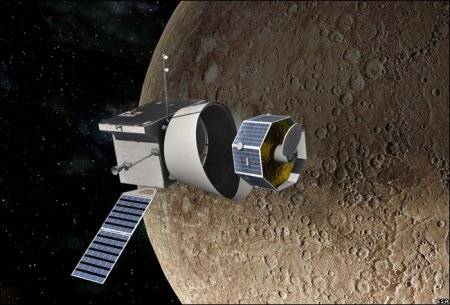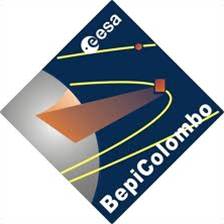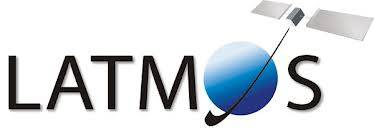You are here : OVSQENObservationSatellite observationsBEPI-COLOMBO : PHEBUS and PICAM
- Partager cette page :
- PDF version
BEPI-COLOMBO : PHEBUS and PICAM
PHEBUS Instrument
PHEBUS (Probing of Hermean Exosphere By Ultraviolet Spectroscopy) is a double spectrometer covering the ranges of the extreme ultraviolet (EUV: 55-155 nm) and the far ultraviolet (FUV: 145-315 nm) It is dedicated to the characterisation of the exosphere of Mercury in terms of composition and dynamics, and the relationship between the surface and the exosphere. This instrument, under French responsibility, is produced in cooperation with Japan (detectors), Russia (pointing system) and Italy (ground calibration).
The main scientific objectives of PHEBUS are as follows:
- to determine the composition and vertical structure of the exosphere,
- to characterise exospheric dynamics: day-night circulation, transport from active regions to inactive regions,
- to study the surface processes at the origin of the exosphere,
- to identify and characterise the sources of exospheric constituents,
- to detect and characterise the ionosphere and its relationship with the neutral exosphere,
- to undertake spatial and temporal monitoring of exosphere / magnetosphere exchanges and the transport processes,
- to study and quantify the escape, source / sink balances on a global scale and geochemical cycles in synergy with other experiments with BepiColombo (MSASI, MPPE on MMO; MIXS, SERENA on MPO)
OSU : OVSQ
Status: INSU / ASTRO (SO2) approved Observation Service
Laboratory in charge: LATMOS
Scientific manager: Eric Quemerais (eric.quemerais@latmos.ipsl.fr)
> Website
Laboratory in charge: LATMOS
Scientific manager: Eric Quemerais (eric.quemerais@latmos.ipsl.fr)
> Website
PICAM Instrument
The PICAM / Bepi-Colombo instrument (PI: K. Torkar, IWF, Austria) is part of a SERENA particle consortium (PI: S. Orsini, INAF, Italy). The purpose of this instrument is to measure the ionised environment of the planet Mercury. It was designed and partly produced by LATMOS and LPP.
The LATMOS and the LPP are responsible for the detector, part of the electrostatic optics and the digital modelling of the instrument. These digital tools developed by LATMOS will be essential for the future use of the measurements made by this instrument.





